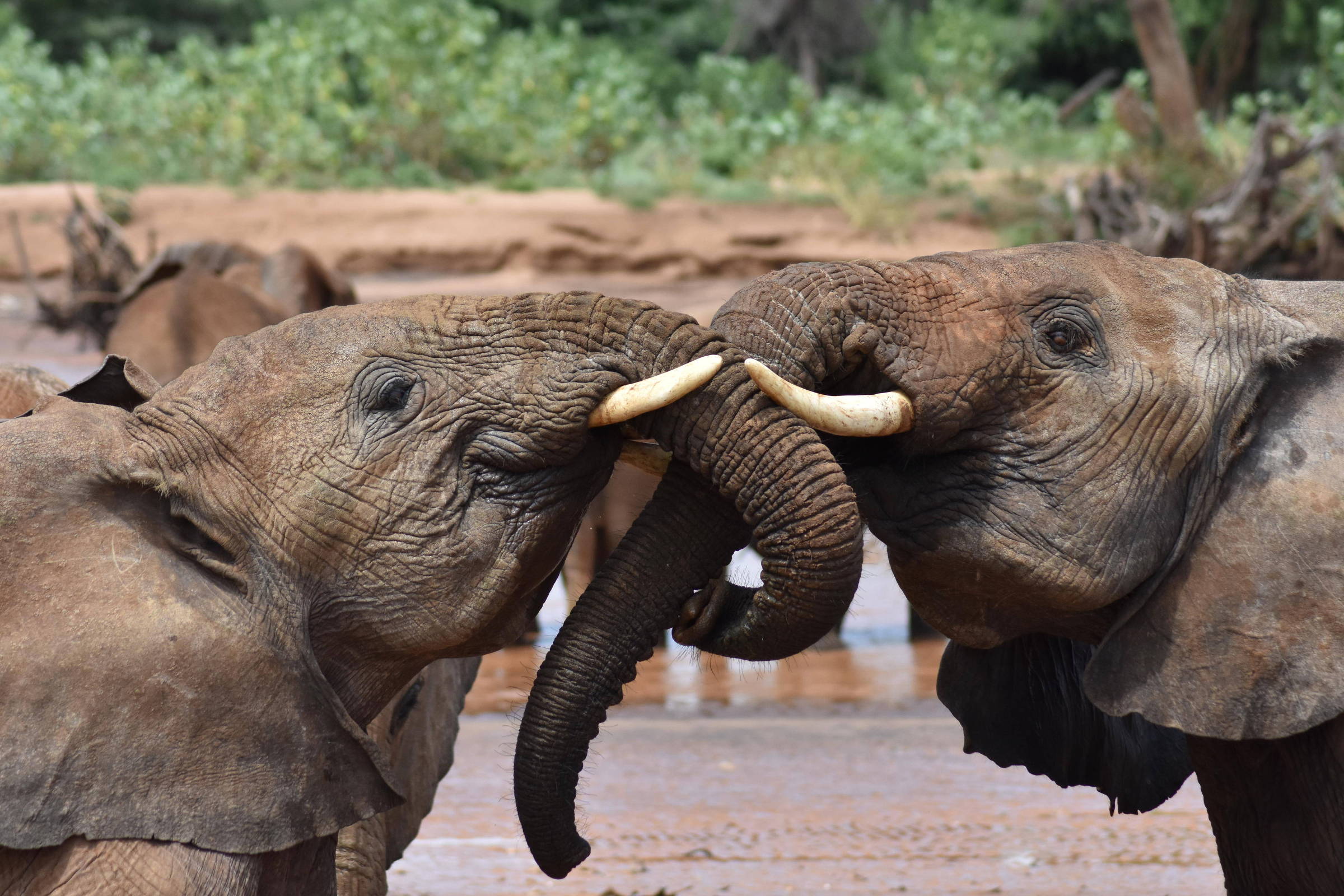The imaginative power required to understand how other animals interpret reality is beyond anything science fiction has ever created. Depicting the parallel worlds in which each species is immersed requires a rare combination of precision and poetry.
This is the great merit of “Big World,” a book by the British science journalist Ed Yong—a work that does exactly what its title promises.
The central concept of the book has a majestic Germanic name: “Umwelt.” Coined in 1909 by Jakob von Uexküll, an Estonian zoologist of German origin, the term is used to highlight the fact that every animal lives within a specific sensory bubble—a cross-section of the possibilities of perception offered by the “outside world.” Which will never correspond to the whole of reality.
To express this, Uexküll compared the animal species to a series of small houses. “Each house has a certain number of windows that open onto a garden: a light window, a sound window, an olfactory window, a large number of tactile windows,” the zoologist wrote. “The garden that appears before our eyes is radically different from the one that the inhabitants of the house see.”
Young, who is also a zoologist by training (he holds a master's degree in biochemistry), uses the idea of ”periphery” not to demonstrate the inevitable limitations of human perception and understanding, but to argue that diving into the sensory bubbles of other living beings is not only possible as a liberating—and enriching—activity.
He writes: “There are animals capable of hearing sounds in what seems to us to be complete silence, seeing colours in total darkness, and feeling vibrations in a landscape that is to us completely still.”
“Every species has limitations in some respects and advantages in others. Therefore, this is not a book of lists, in which we praise animals only when their abilities exceed our own. This is not a book about superiority, but about diversity.”
This is the vast world of the title (a phrase borrowed, in fact, from the poet and mystic William Blake, born in 1757). It is a diversity that seems to rival that which has produced tens of millions of living species today, and is capable of making the most unwary dizzy.
Some of the “Umwelten” described by Jung are, at the same time, close to our everyday life and very strange.
Without detailed scientific work, for example, who would have imagined that the nostrils of domestic dogs are designed to divert part of the air they inhale into a separate chamber, whose sole function is to sift the air for odors? Our olfactory experiences, Jung writes, are always intermittent, whereas any stray smells the world in a continuous, smooth stream.
There are crazier things than that, of course. Millions of insect species have no sense of hearing, but just placing sensitive enough microphones near them reveals a whole symphony of noises and vibrations that sometimes sound like cows mooing, car horns, or even their more ridiculous counterparts.
There are things that simply don't fit into the old list of five senses we've been memorizing since we were kids, but are as real as sight and hearing: detecting electrical and magnetic signals, for example, or ultraviolet and infrared light that the human eye wouldn't see directly.
The great irony is that when it comes to BiodiversityIt is always easier to destroy than to understand. Young explains how human-caused sensory pollution, especially light and noise, has cast a shadow over the “world” of countless species in recent centuries.
The imaginative generosity that comes from understanding these parallel universes brings with it the moral imperative to allow them to continue to exist.

“Wannabe internet buff. Future teen idol. Hardcore zombie guru. Gamer. Avid creator. Entrepreneur. Bacon ninja.”

